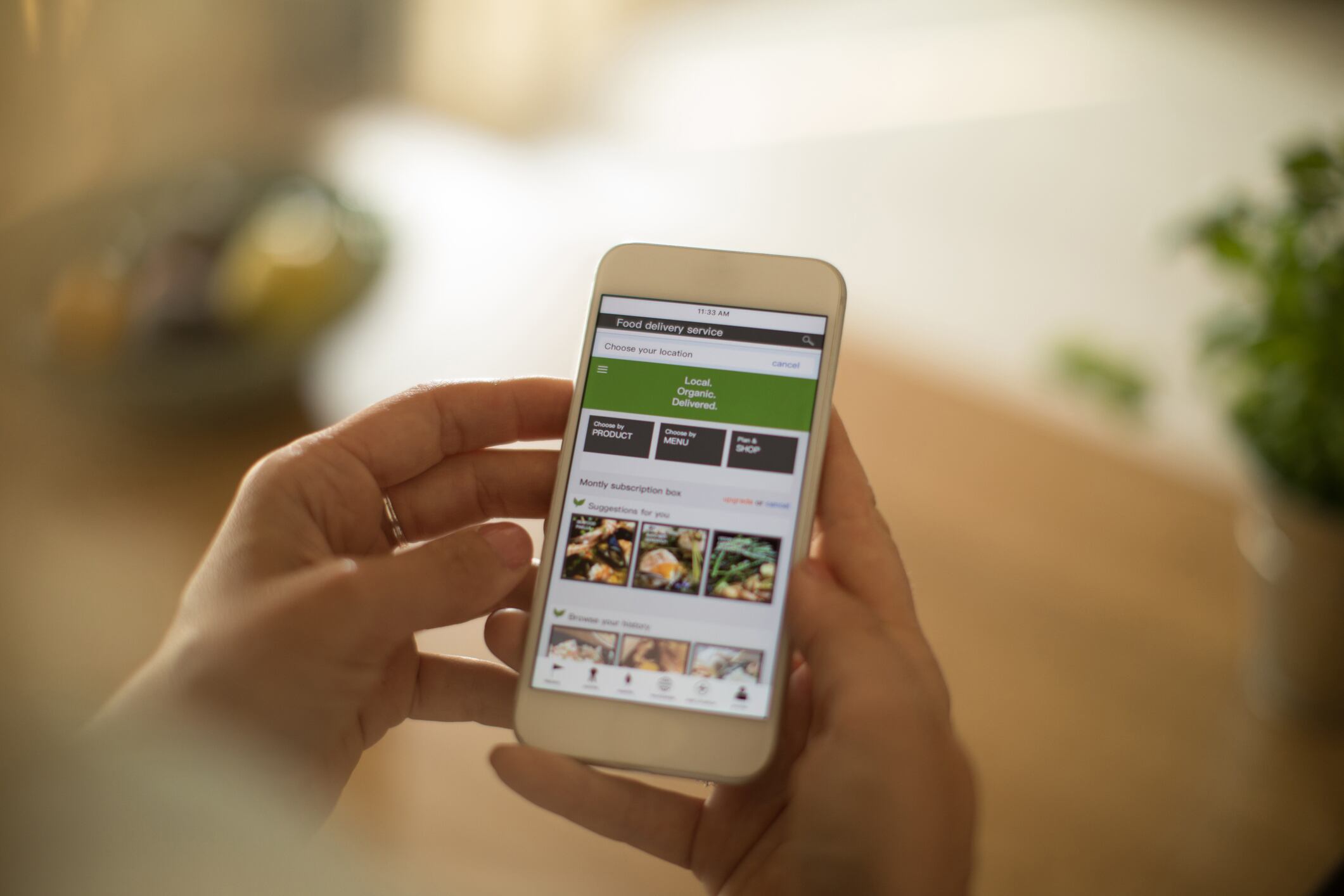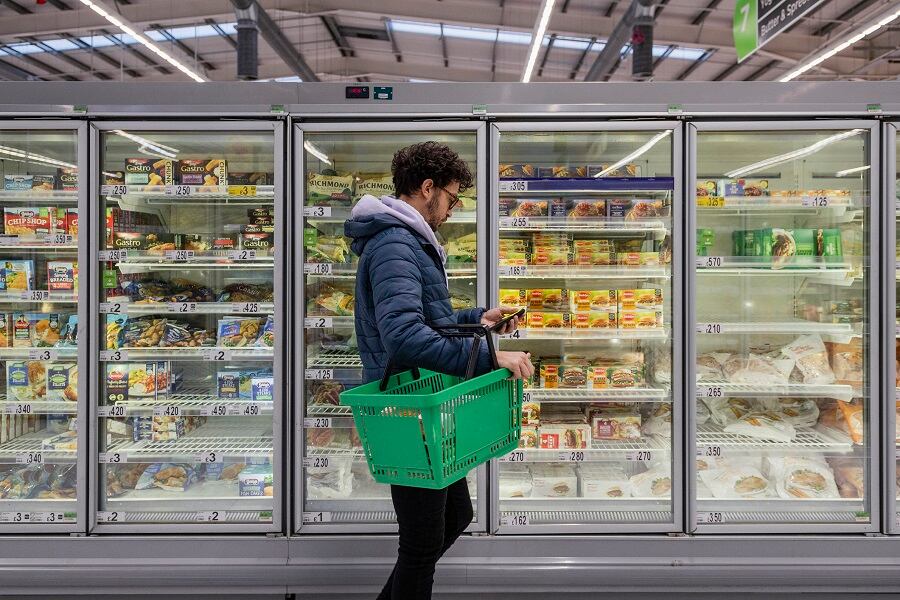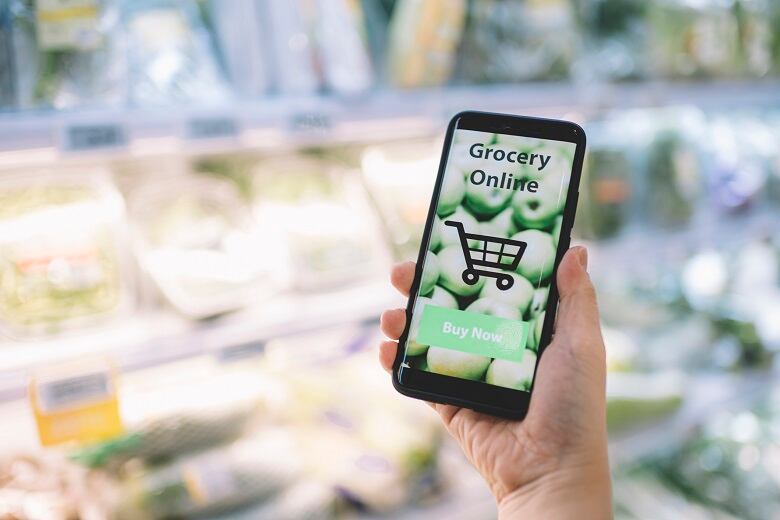A recent study by Brick Meets Click, in which more than 40,000 consumers were surveyed on e-grocery spending between 2021 and 2022, revealed retailers have an opportunity to strengthen marketing and communications on e-commerce platforms that cater to value, including creating a competitive strategy with private label products.
Overall, online grocery penetration experienced a 2% decline from 2021 to 2022 despite a 3% increase in average monthly users. This suggests that consumers are spending more time online comparing prices and looking for value-driven deals and promotions, less expensive versions and private label. In 2022, according to McKinsey reported by Forbes, 29% of shoppers expanded their searches to look for promotions, 27% switched to less cheaper products and 21% purchased more private label.
More specifically, Walmart and discount stores like Aldi continue implementing their Every Day Low Price (EDLP) strategy, while supermarkets and Target may need to cater to higher-income consumers who have a little more wiggle room in their pockets to spend on quality.
Lower-income households are prioritizing value
The analysis revealed that income and age were significant factors in distinguishing these spending patterns. More than half of U.S. households order groceries online every month and approximately a third of those consumers surveyed purchased groceries from supermarkets online.
If purchase habits are broken up by income, the analysis found that in 2022, households making less than $50k a year, which is a third of all U.S. households, are 25% more likely to shop at Walmart online.
Moreover, this demographic’s supermarket reach decreased by 150 basis points but increased 210 basis points for Walmart, underscoring Walmart’s EDLP strategy and the importance of value to consumers. In 2022, this income segment accounted for 40% of Walmart and discount stores’ purchases, while it accounted for 30% of supermarket purchases and even less for Target.
Walmart still capturing higher-income households, an opportunity to strengthen private label
Households making over $200k a year, however, are three times more likely to shop for groceries from a supermarket versus Target. However, in 2022, this segment grew 210 basis points for Walmart purchases and saw a decrease of 120 basis points in supermarkets between 2021 and 2022.
As middle to higher income households are more likely to purchase private label, it’s notable that Walmart’s retention of this segment could be attributed to the company’s significant share (a whopping 27.3%) of private label, according to Numerator. “Both Walmart and Costco’s dollar share of private label are the only two retailers with double digit-share,” Brick and Click's analysis reported.
These consumers spend 80% more in supermarkets online than consumers who make less than $50k. What’s particularly distinguishing is that the higher income segment generate over a fifth of supermarket sales, which is comparable to the share generated by the lowest income group despite the smaller size of the high income group. For supermarkets to retain their customers, the analysis suggests that it is important to focus on quality, which could be attributed to the rise of more private label products in supermarkets.
Based on the same Numerator data, middle to higher income households purchase private label to save money, while perception of quality dropped four percentage points between March 2023 and March 2021.
Supermarkets that invest in developing a compelling private label strategy and operating model may offer a more competitive edge with its Walmart and discount retail counterparts, according to a McKinsey analysis. This may look like centralizing brand management, product design, sourcing, quality assurance, marketing and consumer insights “to execute the value proposition consistently.”
Retailers traditionally have not marketed their own private label products as “the proliferation of national-brand SKUs, along with the introduction of secondary and tertiary brands to fill white spaces, eventually waters down private labels’ differentiation and renders the assortment architecture irrelevant.”




